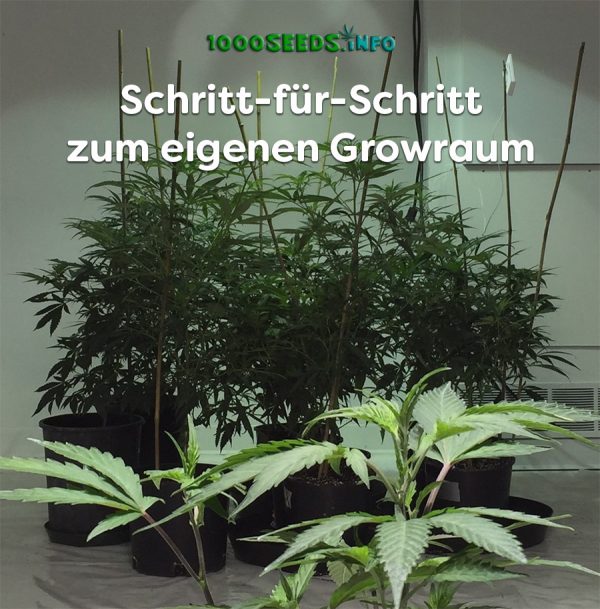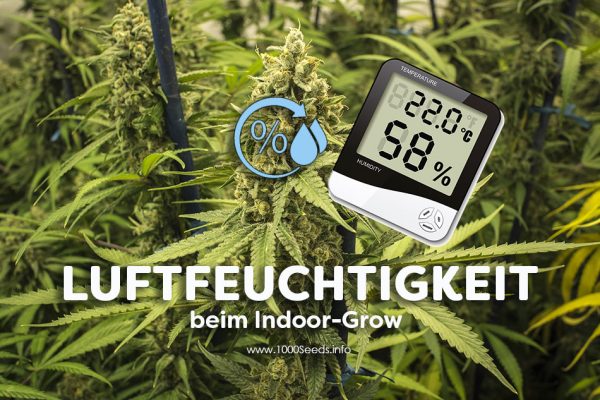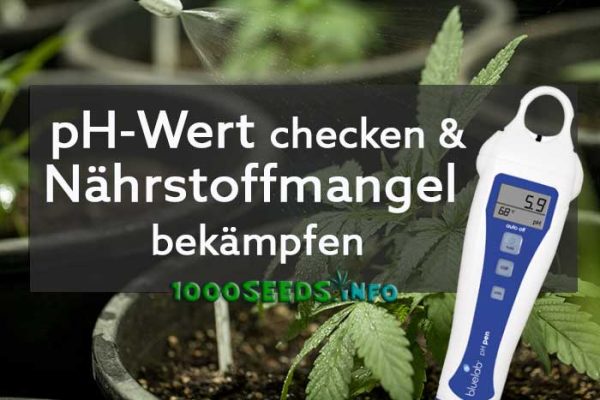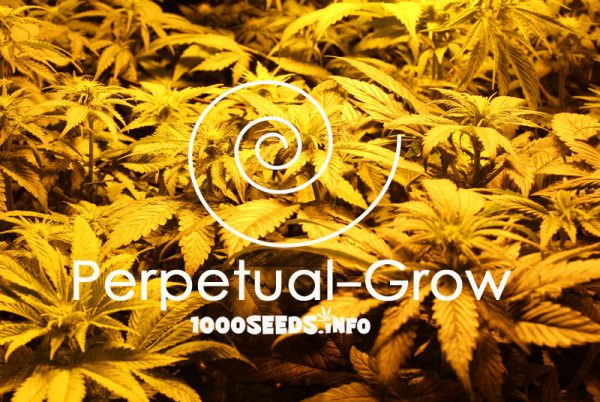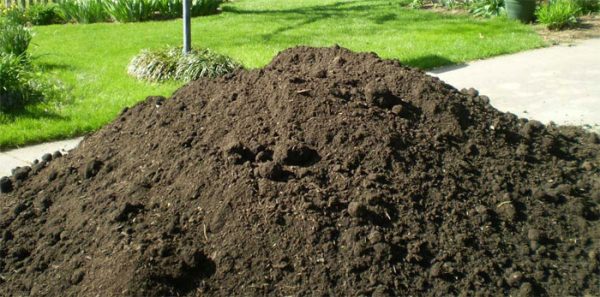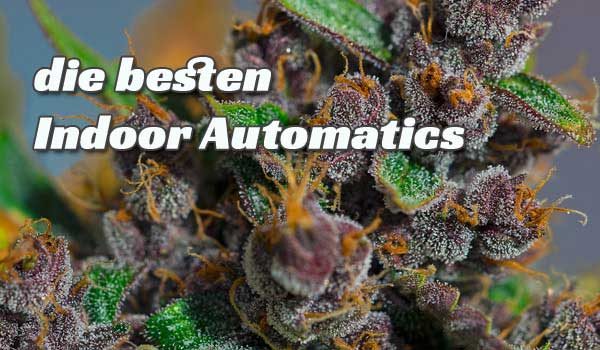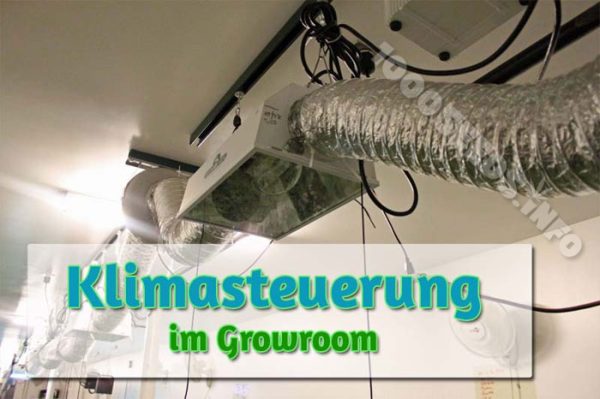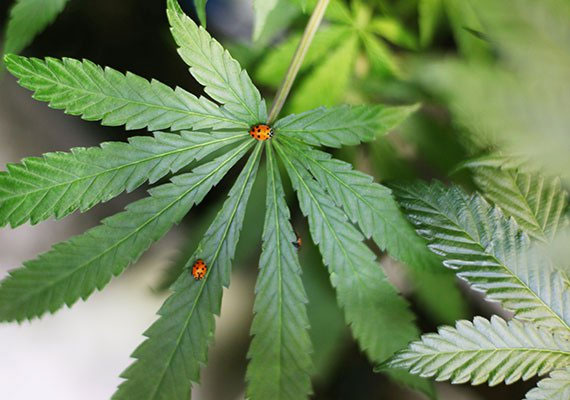Typical mistakes in indoor growing
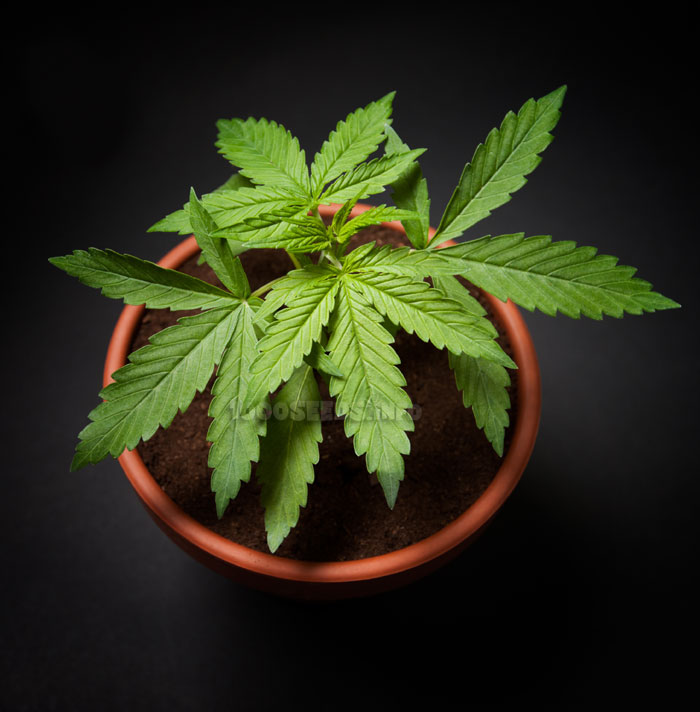
Especially when growing indoors, it is easy to make mistakes, which are then reflected in the yield and quality. Some basic and elementary knowledge is required, without which there will be considerable losses in yield or the harvest may even fail altogether.
All beginnings are difficult
Newcomers often think it's enough to just stick a seed in the ground and after a while they can harvest huge buds. They think it's the same to grow indoors as outdoors. But in reality, you have to acquire some knowledge, set up your own concept (what do I want, how can I achieve it, equipment, etc.), improve the conditions again and again and possibly adjust them, and maybe even go wrong a few times until you finally achieve an optimal result. When it comes to the right equipment for your growroom, you should seek advice from professionals. You don't always have to go for the most expensive, but saving in the wrong place usually costs more, brings only frustration instead of success or can even be unsafe. We at 1000Seeds are happy to give advice and technical tips. This way, you can avoid buying unnecessary equipment that may be oversized or unsuitable.

In addition, beginners should go for easy-to-care-for strains that forgive mistakes, were developed for indoor cultivation and have a high resistance. Indicas and indica-dominant strains are particularly suitable for this. It is usually more difficult to grow Sativas indoors, because they are much more demanding and react much more sensitively to mistakes such as overfertilisation or temperature fluctuations. Also, because of their longer flowering period, they have a higher risk of picking up a disease during the extended period. Experienced growers who have learned to read the signs and the language of the plant will also be happy indoors with sativas. But values and temperature have to be monitored much more closely.
Sowing errors
 Seeds may germinate incorrectly or not germinate at all if they are placed too cold or too hot, for example. For a seed to germinate, it needs moisture, warmth and darkness. (see: how to germinate seeds correctly). During germination, the seed should be protected from light and should also not be buried too deep. Barely a centimetre covered with soil is sufficient. Otherwise you only make the seedling's way into life unnecessarily difficult and you risk that it will develop badly. The first few days are also very important.
Seeds may germinate incorrectly or not germinate at all if they are placed too cold or too hot, for example. For a seed to germinate, it needs moisture, warmth and darkness. (see: how to germinate seeds correctly). During germination, the seed should be protected from light and should also not be buried too deep. Barely a centimetre covered with soil is sufficient. Otherwise you only make the seedling's way into life unnecessarily difficult and you risk that it will develop badly. The first few days are also very important.
In the beginning, the small plants must not be over-fertilised. If you use pre-fertilised soil (soil from the DIY store is actually always pre-fertilised), you must not use any fertiliser for about 2 weeks, otherwise the plants will receive too much nutrients and may be damaged or even get the falling sickness. It is also important not to leave the small plants without fertiliser for too long, as this can make them weak. It is best to use only a high-quality fertiliser. Special fertiliserThe respective fertilisation scheme specifies exactly how much the little ones should get. In the beginning, stay a little below the manufacturer's instructions.
Mistakes in watering, fertilising and maintenance
Cleanliness and hygiene are particularly important for indoor growing. The grow room should not be entered with street shoes and should be cleaned regularly, as well as everything that is used in the grow room. It is best to disinfect pots after use. I use chlorine-based cleaning agents for this. I make a water-chlorine mixture and soak everything in a large container, bathtub, etc. for a few hours. Then rinse pots and other items well with hot water. Caution: Chlorine is corrosive and does not necessarily make nice fingers, so it is advisable to use gloves. It is not compatible with all types of foil, test first. The chlorine destroys germs, pests and especially the much-hated fungal spores, if present.
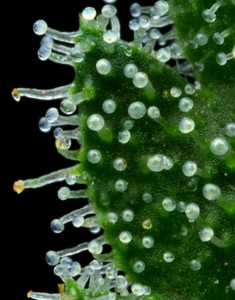
A typical beginner's mistake is the uncontrolled pruning of the plant without achieving a certain benefit from it and following certain rules. (see: Pruning plants). If in doubt, it is better not to prune a plant at all or to remove leaves unless they are diseased.
Mistakes are particularly likely to creep in when fertilising. Both over-fertilisation and under-fertilisation can cause lasting damage to the plants, resulting in yield and quality losses. That is why it is advisable to use a complete fertiliser system from one manufacturer. In this case, the nutrients are precisely coordinated with each other and complement each other. If you use fertilisers from different fertiliser systems in confusion, you may over-fertilise or under-fertilise. Depending on your cultivation method and water quality, it may be necessary to regularly check the pH value of the irrigation water so that your plants can really absorb the nutrients. This is indispensable when growing on coco and hydro. The hectic and excessive use of countless flower boosters and other additives often does not ensure that the buds become huge, but can lead to the plant dying, becoming muddy or not being able to absorb any nutrients at all. Flower boosters are good, but must be used correctly and in moderation and in coordination with the fertilisers already used.
In general, it is also better to take precautions than to fight afterwards when growing plants indoors. Prevent diseases and pest infestations by using filters for the supply air, hygiene in the grow room, setting up yellow traps, sufficient ventilation that leads the exhaust air directly outside (and not directly back in front of the grow box door), sufficient fresh air supply, use of fans, ... Without sufficient ventilation, mould and fungal infestation will occur very quickly.
Beginners often don't want to believe it, but it simply doesn't work without Sodium vapour lamp or sufficiently strong Plant LED. You can twist and turn it however you like. A light bulb is not suitable for growing any plant. A plant does not see the light of a light bulb and cannot do anything with it. Neon tubes and Energy-saving plant lamps are suitable for mothers and the growth phase and can be used here, but they are not suitable for the flowering phase because they simply do not have the right light spectrum and are much too weak. You can wait a long time for the right buds. Generally speaking, the more watts the sodium lamp has, the higher the yields will be, this is directly related. What a 1000W lamp achieves, a 250W lamp will never achieve. Some autoflowering strains can be grown indoors on a window sill (should be a south-facing window) because they tend to stay small and get by with less light. In the dormant phase, i.e. when the light goes out, no light from outside should enter the grow box. The plants do not like this kind of light pollution.
Overwatering and drying out are also typical mistakes that can happen. Don't just re-water every day when the plant pot is still wet and use appropriately sized plant pots that are not too big. Cannabis plants must not get waterlogged under any circumstances, and they don't want to be constantly standing in dripping wet pots that resemble a swampland. Especially in the first few days, an over-wet pot that does not dry for days can lead to the quick death of the young plant. So it is better to water only drop by drop and make sure that the soil is only moist but not wet. When the top 3-4 cm of soil in the pot have dried, water again. Watering is essential at the latest when the plant starts to droop its leaves, otherwise it may start dropping leaves and develop a retardation. If you know your plants, you will learn to observe them and in time you will find out when it is time to water again or find a good rhythm for it.
Note: With jiffies, it is often difficult for beginners to achieve the right degree of moisture because they absorb a lot of water and it does not dry off easily. The result is that it is too wet for the young plant. You don't have this problem with loose soil.
Harvesting errors

One of the most common mistakes is impatience when growing. If plants are harvested too early, they will not have reached their full potential, will only be weaker and often have a significantly lower yield. Only when the weed has been harvested ripe and then properly dried will it develop its wide variety of aromas and flavours, and its full high.
It is just as important for the taste to start flushing out well in advance, usually 2 weeks before harvest. The plant pots are thoroughly rinsed with clear water, which runs out of the pot again at the bottom, and then no more fertiliser is applied until harvest. Fertiliser residues in the plant are unhealthy and have a negative effect on the taste.
The grass should be dried under sufficient ventilation (not too high humidity) and must not be packed airtight with residual moisture, otherwise moulds can develop very easily, which would be harmful to health if consumed.
Also wrong: constantly fiddling with the buds. Leave them alone. Not only will the threads turn brown more quickly instead of continuing to resin, but you will annoy the plant and increase the risk of a fungal spore, of which there are always some in the air, reaching the flower or another disease. When determining the degree of ripeness you cannot only rely on the colour of the threads. Often these do not give sufficient information about the degree of ripeness of a plant. You can read more about this in our report: When is the right time to harvest?
<< mehr erfahren in unserem Grow-Lexikon >>








